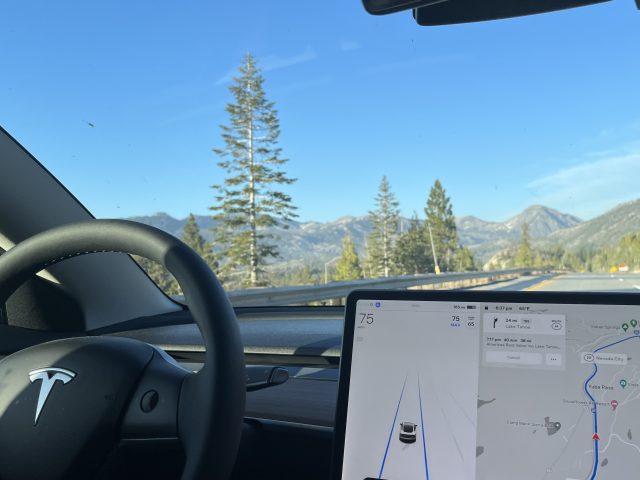Preventing Drug Driving in Europe
Driving under the influence of psychoactive drugs leads to deaths and serious injuries on Europe’s roads. Both illicit and licit drugs can disrupt the psychological state of the driver and impair their driving performance. Using multiple drugs simultaneously, or in conjunction with alcohol, increases the risk of a collision even further.
Drug driving remains significantly less well understood than drink driving. It is only in recent years that knowledge of drug driving has begun to improve, with large scale studies such as the DRUID project beginning to reveal the scale and impact of drug driving in Europe.
This report aims to provide a summary of drug driving across Europe, drawing on the latest research to provide an overview of how drugs affect collision risk and the prevalence of different types of drugs in different road users and regions.
It summarises various approaches to combating drug driving from around Europe and the ways in which they can be used to help tackle both drug driving itself and other underlying issues related to drug use. Most countries already have legislation in place to deal with illicit drugs and many have introduced legislation directly aimed at drug driving. These vary in form depending on the type of drug (illicit/licit) and different penalties apply depending on the type used and the severity of impairment.
Improvements in detection equipment have helped lead to more accurate methods of screening and identifying specific substances.
Educational and awareness campaigns are used by many countries to highlight the dangers of driving under the influence of psychoactive drugs and to educate the public about the effects they can have and the consequences drug driving can lead to. These approaches can be targeted at those groups amongst which drug driving is known to be prevalent.
Rehabilitation and healthcare provide pathways for offenders to return to driving while also helping to reduce the likelihood of recidivism. Schemes vary from country to country and by the type of offender. Some forms of rehabilitation are handled primarily by driver licensing authorities, whereas others are more healthcare oriented.
Recommendations have been made here based on those countermeasures and approaches shown to be most effective. These include:
- A zero tolerance system for illicit psychoactive drugs using the lowest limit of quantification that takes account of passive or accidental exposure;
- More research into the effects of common psychoactive drugs on driving behaviour to ensure countermeasures are fit-for-purpose and keep in line with evolving behaviours;
- Improved monitoring of drug use in traffic to gain more insight into its prevalence, development and trends;
- Police forces properly trained in when and how to perform drug screening (e.g. preselection based on checklist, saliva test, confirmation test) field impairment tests and use of roadside screening devices;
- Targeted education and campaigns directed at high risk groups such as young males;
- The introduction of regulated assessment and rehabilitation based on criteria or common standards.







